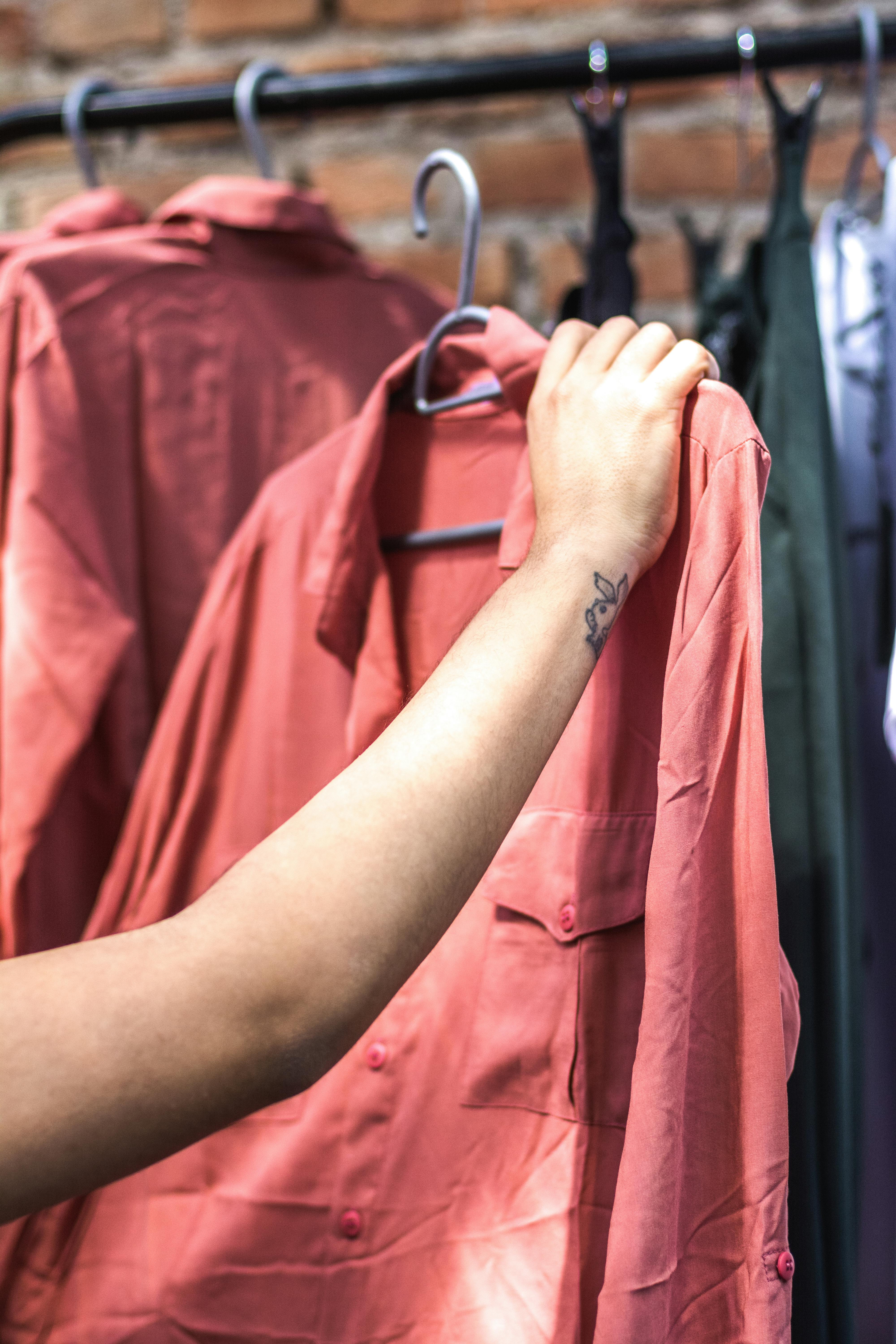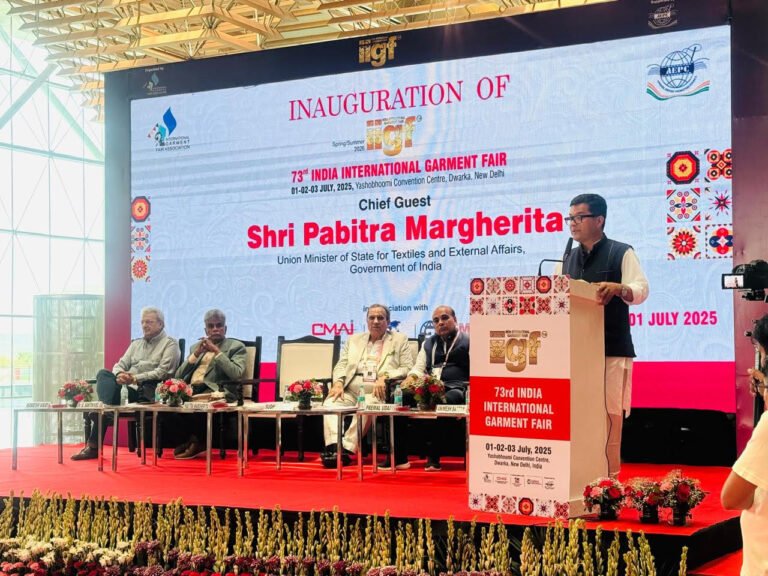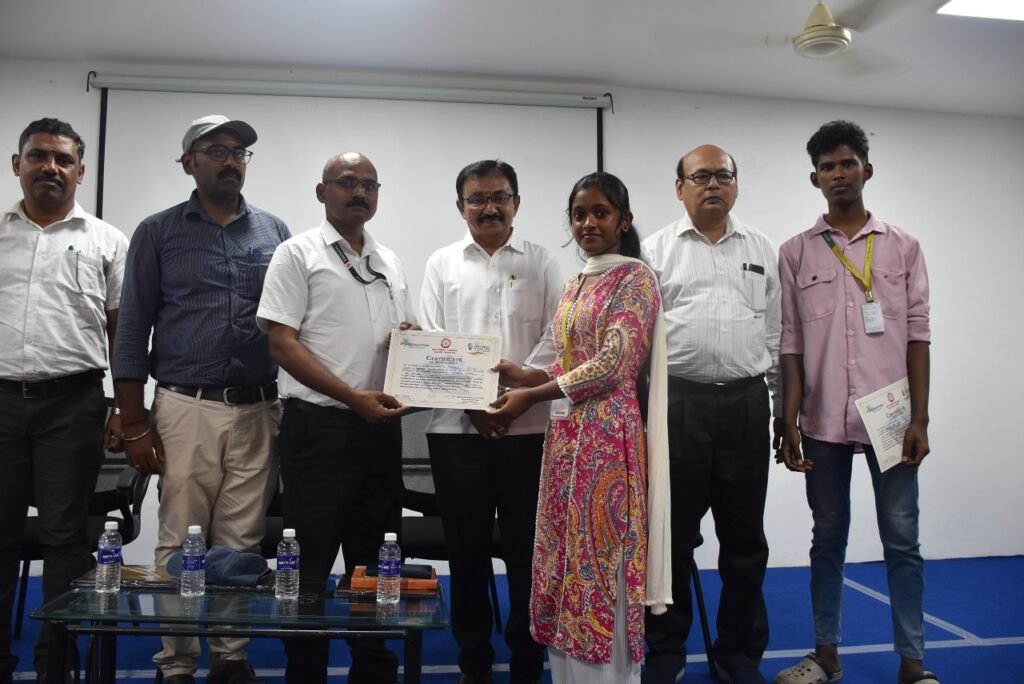
The fashion industry is a powerhouse – it dictates trends, fuels creativity, and allows us to express ourselves through style. But the environmental impact of this global industry can’t be ignored. A 2020 report by the Ellen MacArthur Foundation estimates that the fashion industry is the second-largest polluter globally.
However, there’s good news! Sustainable fashion doesn’t have to mean sacrificing style. Here are some tips to become a savvy shopper who can enjoy fashion while minimizing your environmental footprint.
Embrace the Power of Pre-Loved
This just means going for used clothes. Wait, before you judge, there are quite some unknown opportunities that you can explore in this category.
Thrift stores are treasure troves waiting to be explored! You can find unique vintage pieces, classic designer finds, and hidden gems at a fraction of the original price.

Second-hand clothing stores – These stores specialize in curated pre-loved clothing, often categorized by brand, style, or size. The quality tends to be higher than traditional thrift stores, but the prices are still significantly lower than retail.
Gather friends and organize a clothing swap party. It’s a fun and sustainable way to refresh your wardrobe and give pre-loved clothes a new lease on life.
Invest in Quality, Not Quantity
Focus on timeless styles – Opt for classic pieces that won’t go out of fashion quickly. A well-made trench coat or a tailored blazer can be worn for years and can be easily dressed up or down.
Natural fiber love – Choose garments made from natural fibers like organic cotton, linen, or wool. These materials are not only breathable and comfortable, but also biodegradable and less harmful to the environment compared to synthetic fibers.
Durability matters – Look for well-constructed clothes with high-quality seams and finishes. Inspect the stitching and fabric before you buy to ensure it will last through multiple washes and wears.
Shop Smarter, Shop Local
Support independent designers. Many independent designers prioritize sustainable practices and ethical production. They often use locally sourced materials and smaller production runs, minimizing waste.
Do your research. Before buying from a brand, check their website or social media for information on their sustainability practices. Look for brands that use recycled materials, organic fibres, and ethical production processes.
Embrace slow fashion. Move away from the fast-fashion cycle of constantly buying new clothes. Invest in pieces you’ll truly love and wear repeatedly.
Extend the Life of Your Clothes
The life of your clothes can be extended by following some simple things.
Give your clothes proper care. Read the care labels on your clothes and follow washing and drying instructions. This will help prevent shrinkage, fading, and damage, extending the lifespan of your garments.

Embrace repairing and altering your garments. Don’t throw away clothes with minor tears or loose buttons! Learn basic sewing skills or find a local tailor to mend your clothes. Consider altering pre-loved pieces to fit you perfectly.
You can also re-invent! Get creative with your wardrobe! Upcycle old clothes into new pieces by adding embellishments, dyeing them a different color, or repurposing them into accessories.
Make a difference!
Being a savvy eco-conscious shopper doesn’t require drastic changes. By incorporating these simple, yet effective tips into your shopping routine, you can make a positive impact on the environment. It’s about making conscious choices, valuing quality over quantity, and extending the life of your clothes.
Remember, looking good doesn’t have to cost the Earth!













